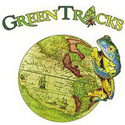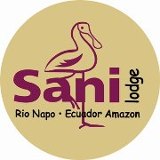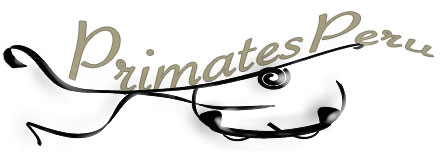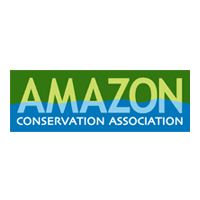Sani Lodge Pt.2 – The Place
Laguna Challuacocha as viewed looking westward from the lounge of Sani Lodge.
With the introduction of the people of Sani complete I would now like to introduce the place. The country of Ecuador is relatively small. Slightly larger than the US state of Oregon (or the UK for my Euro readers) in terms of area it is one of the most species rich places on the planet. Despite its small size, it claims approximately twice the number of bird species as all of North America (that is Mexico, the US, and Canada). This is an obvious reason why birders flock from all over the world to visit. It currently has the highest reptile and amphibian diversity based on land area. Even discounting size Ecuador will likely have about 500 species of the known near 6000 species of amphibians, and around 400 species of the world’s 7200 reptile species. I give rough numbers because the state of herpetofauna research is constantly moving. Many species are constantly being discovered (new bird and mammal discoveries are much less common) and unfortunately many amphibian species are rapidly declining.
A pair of many-banded araçaris rest in a treetop – viewed from the old canopy tower on a 2007 visit.
What makes Ecuador such a diverse place can’t be briefly summed up. But a simple answer comes from the country’s geography. Ecuador can be divided up into 3 north-south running regions: the coast, the mountains, and the orient. About 15 million years ago the Nazca and South American tectonic plates pressed together causing heavy uplift and the formation of the Andes mountain range. The mountains sharply rise which causes the one-third divisions of the country. Most of the residents live in the coastal or mountain regions, while the orient is sparsely populated. Each of these regions is ecologically and environmentally distinct and they have their own diverse flora and fauna. The orient falls within the Amazon river basin drainage system. You should know that the terms Amazon river, Amazon rainforest, and Amazon basin are not interchangeable. Geographically each is distinct with its own definitions; possibly a topic for a future blog entry.
With regards to big rivers Ecuador loses its stature – at least with regards to its South American neighbors. The two main river systems that feed into the Amazon rank fairly low as tributaries. These systems are the Pastaza and Napo rivers. The Rio Napo is the larger but it ranks as the 13th largest tributary of the Amazon. The Rio Napo begins at the foothills of the Andes and flows northeast towards the city of Puerto Francisco de Orellana – or more commonly known as Coca. The river continues eastwards on a meandering course and eventually begins a southeastward course into Peru. In Peru the Napo joins the Amazon just east of the city of Iquitos.







3 comments
Hmmm. Having difficulties with the black caiman photo. How I would like to be able to click it to get a better size!
/Lars
Lars, the photos are not clickable. They are embedded flash files. Considering the relative uniqueness of my subjects, especially herps, I decided to do this to dissuade theft. That’s not a good caiman shot (lighting sucked) but it is the only full body shot I had. I’ll send you a larger version to look at.
[…] I’ve already mentioned the reptile and amphibian diversity of Ecuador. It is an amazing place to be sure. But for the reptile installment of this series I’m going to try something a little different. Instead of getting into the science of my finds I’m going to write about the encounters and the photo sessions. It should be obvious by now that I like to take photos of these animals. That means that I can have a few dozen shots or more of the same animal. If the animal and photo conditions are right then I’ll keep shooting, changing lighting, aperture settings, and compositions and poses. I do this because it’s not until reviewing lots of images that you can see what worked and what didn’t. I’d rather have the luxury of ignoring lesser shots while having a gallery quality keeper than getting home and seeing that the shot I thought was cool really just doesn’t cut it on serious evaluation. Little things like crossed toes, misplaced twigs and leaves, little clumps of dirt on the animal, and other imperfections are easily missed during a live shoot. My attention is usually pulled towards keeping the animal from disappearing off into the forest. In the case of some of these animals it took many years to come across a particular species so it will be tough to get a re-shoot in the future. Some animals just don’t lend themselves to exciting images. Most don’t offer any cooperation. Actually, it seems to take the convergence of a cooperative animal, luck, locating the perfect scene/backdrop, luck, time to experiment, assistance, and an eye to balance composition against the natural world of the animal. Oh, and a little luck. […]